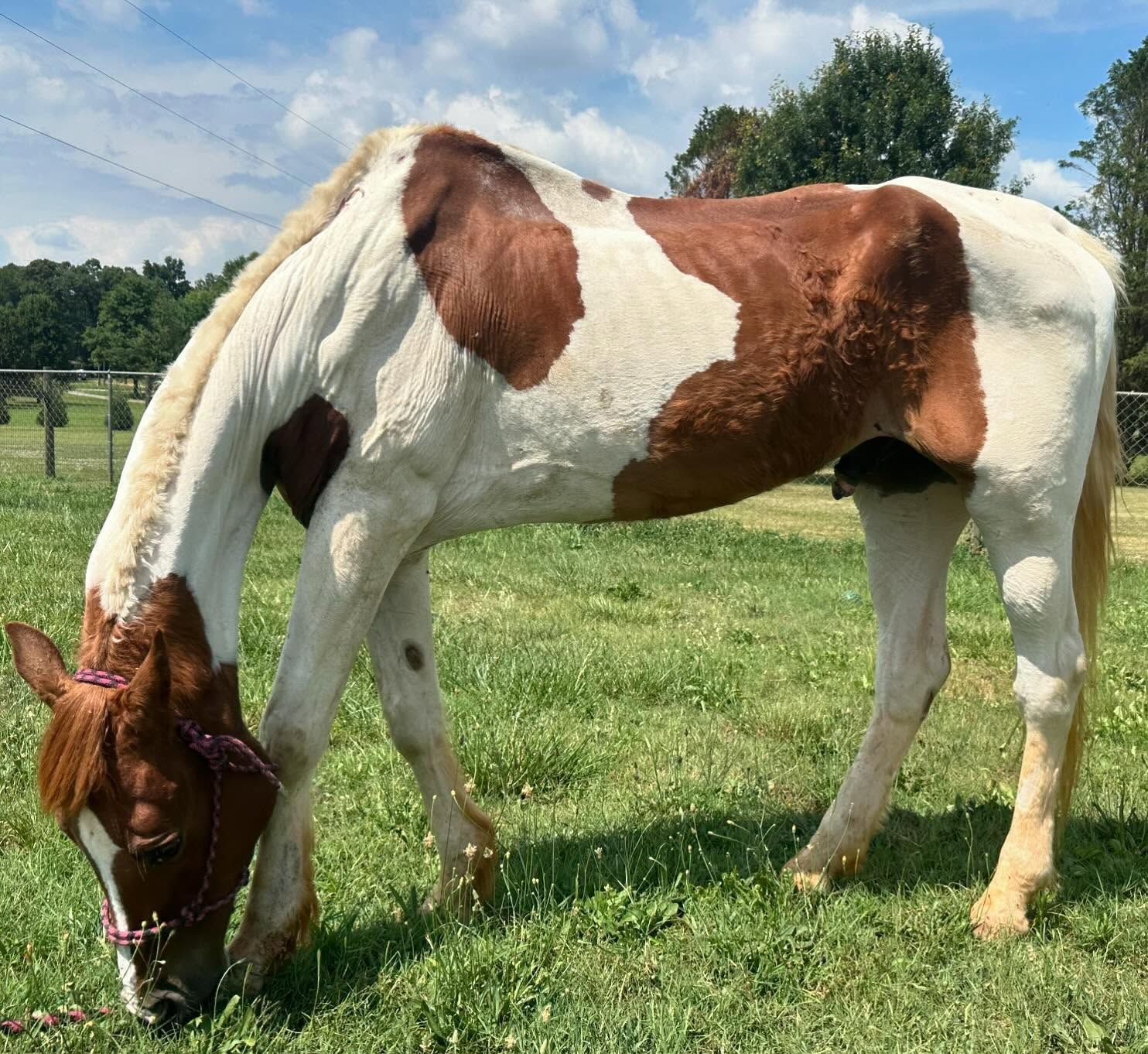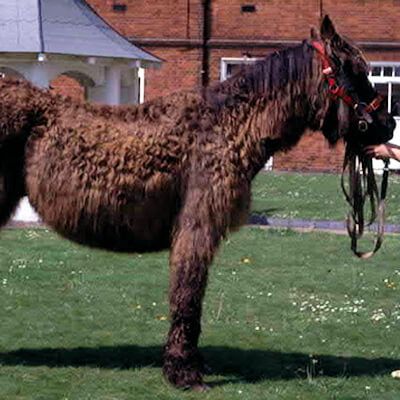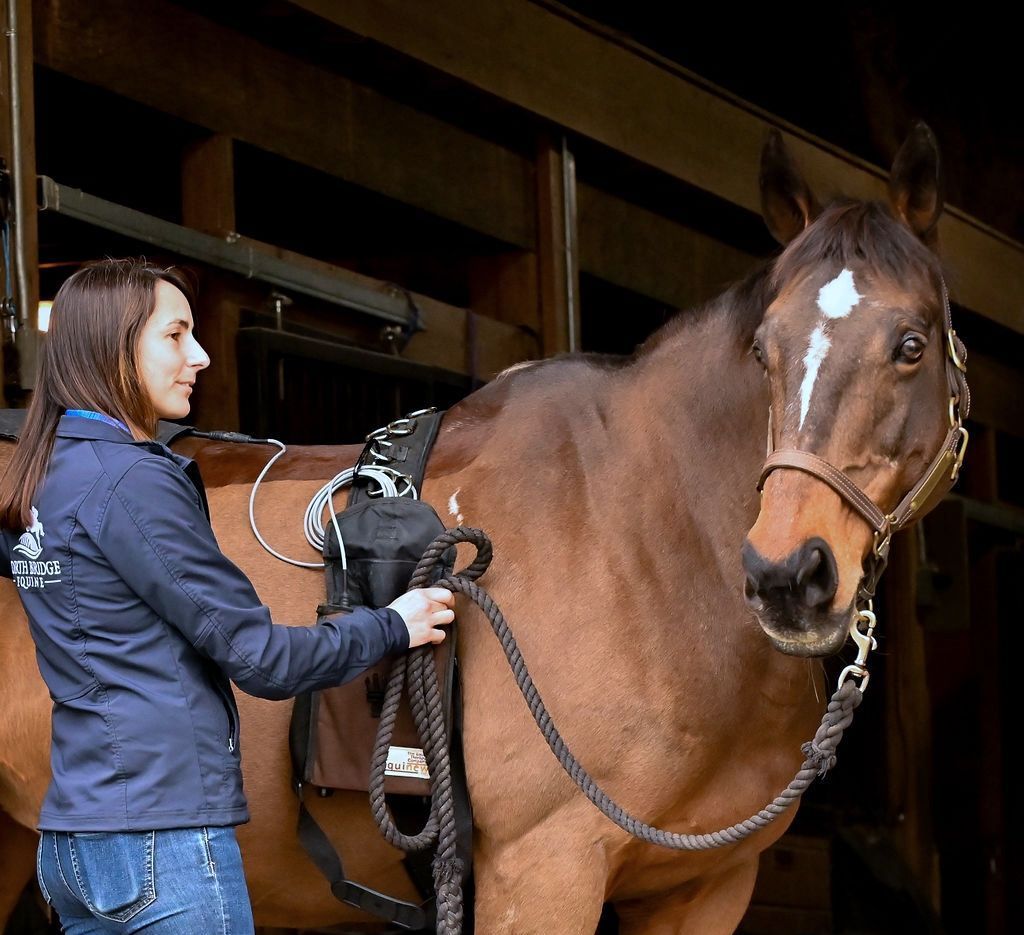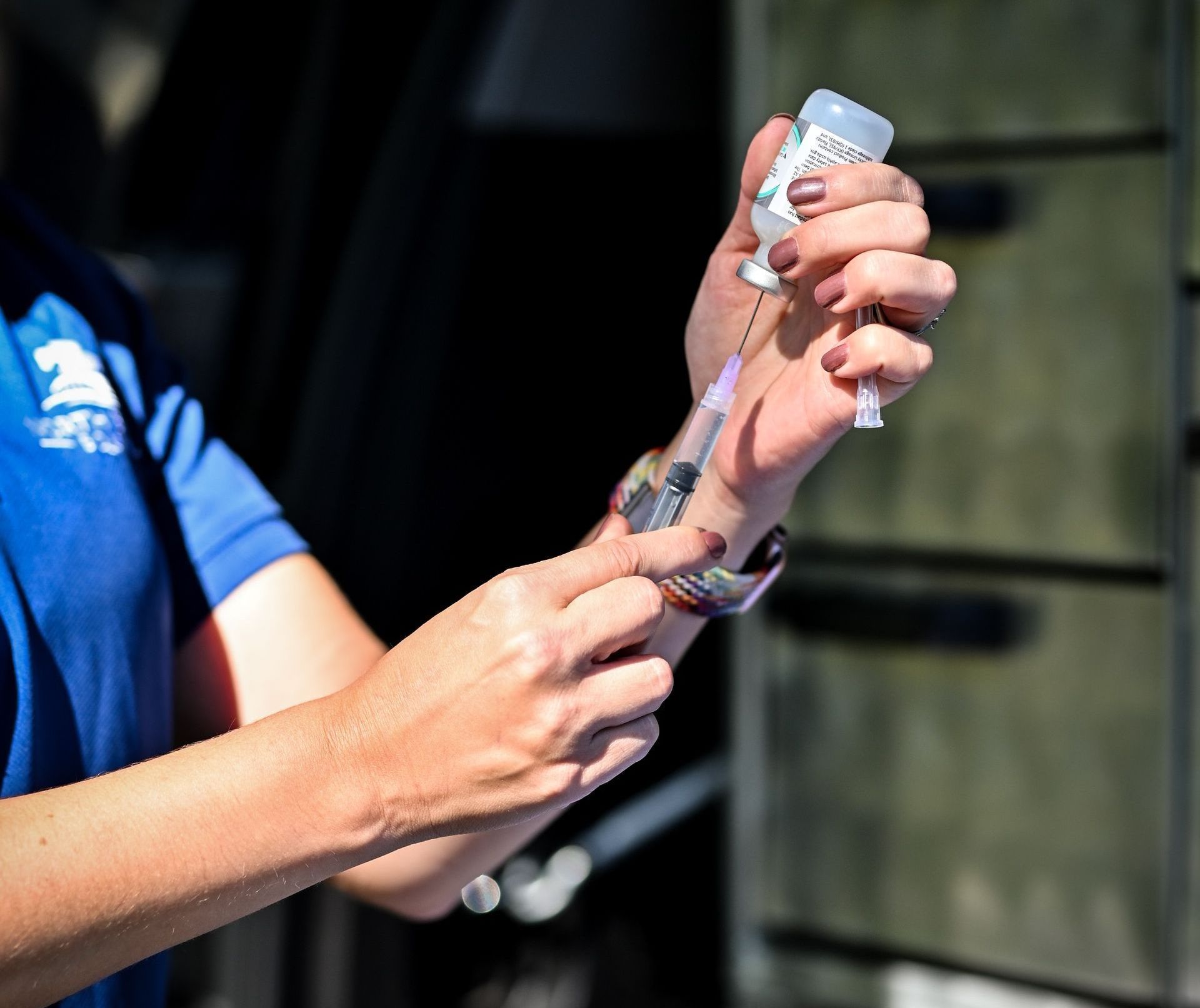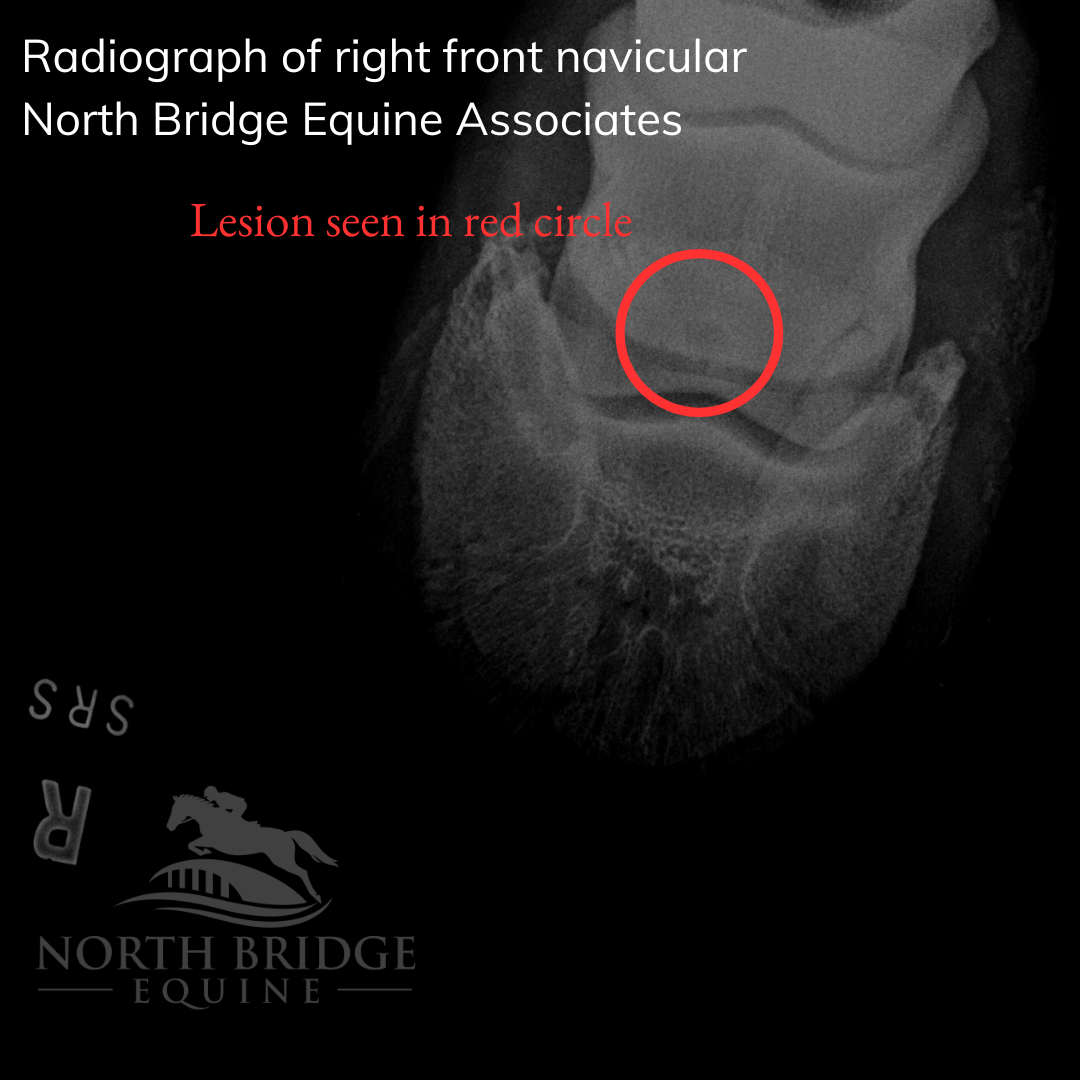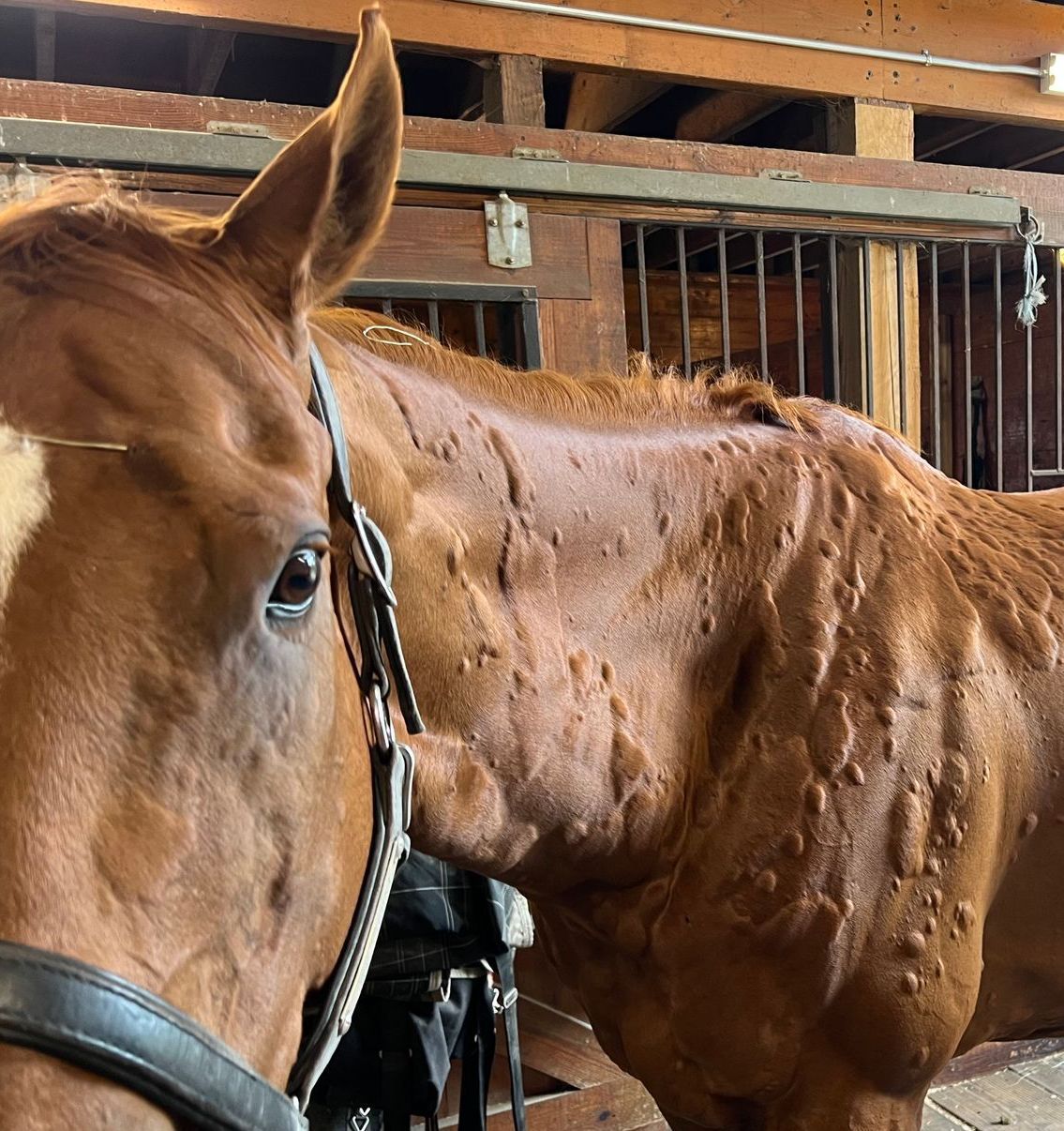Blog
"Zombie" Eye Enucleation
Managing Chronic Conditions for Optimal Health and Comfort

Many of you have had the privilege of meeting Dr. Cory's technician, Jenna, who is a lifelong horsewoman passionate about ensuring that horses have a good home, even in their older years. Recently, Jenna bought her very own little hobby farm, lovingly named "Barney's Home for Broken Creatures"—a fitting name considering she also has two "broken" cats!
The farm's namesake is Barney, a 23-year-old plain bay gelding of dubious breeding. Barney is a kind and easygoing horse who has taught many kids to ride and has been with Jenna on and off throughout the years. Unfortunately, last year, Barney's teaching career ended due to an intractable knee injury that was only minimally responsive to treatment, making surgery no longer a viable option. However, he remains perfectly comfortable eating lots of food all day and policing the paddock.
Once Barney was home and settled, there was at least one empty stall that clearly needed to be filled. Jenna and Dr. Cory met Flash when asked to examine him for his declining performance in a lesson program. Flash was reported by his current owners to be approximately 18 years old, with an entirely gray right eye, headshaking, and a myriad of musculoskeletal issues. Upon examination by Dr. Cory, it was noted that Flash was more likely around 30 years old and no longer fit for work. Thus began his cushy life at Barney's Home for Broken Animals.
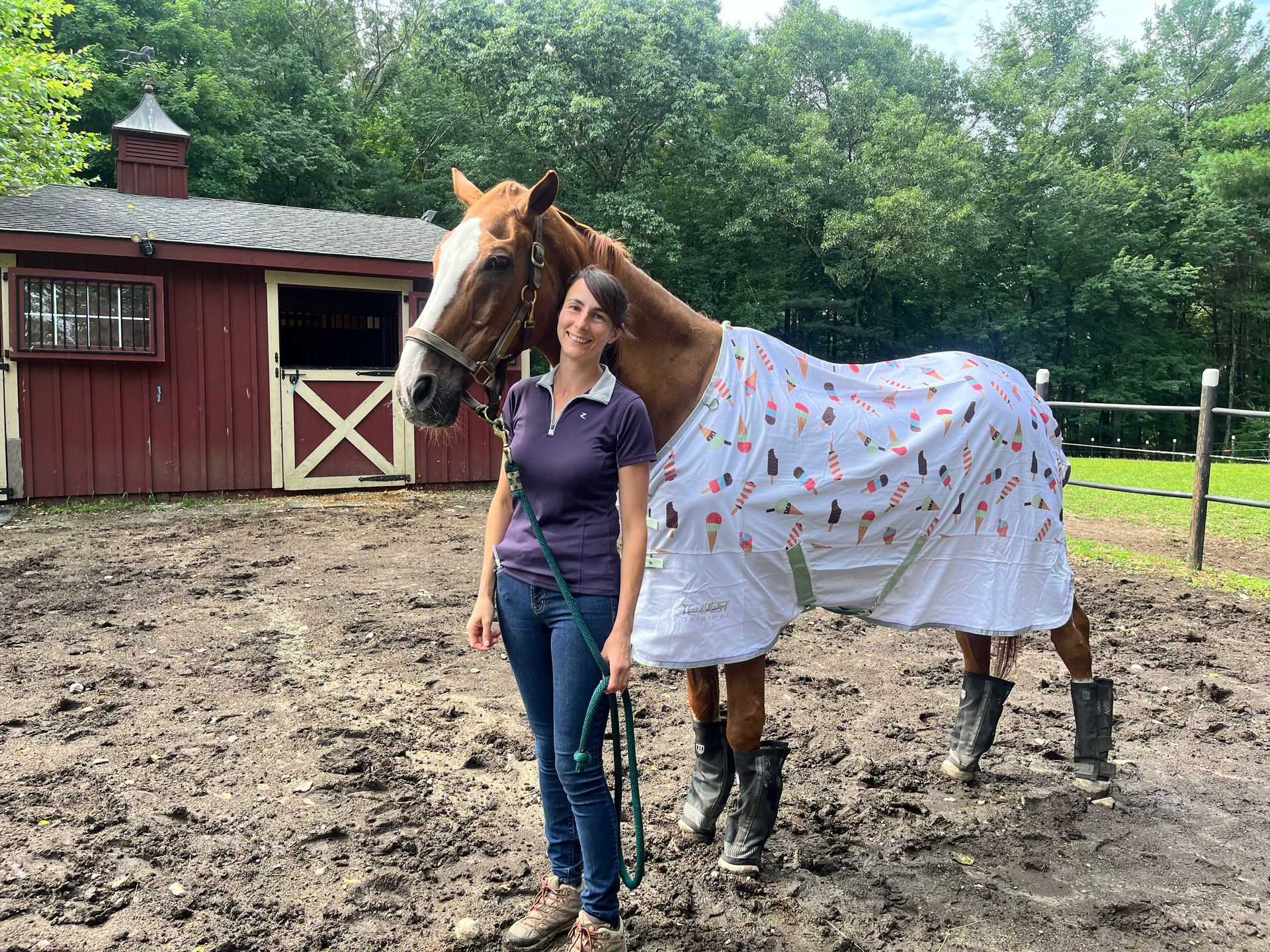
Dr. Cory and Jenna developed a successful management program to help Flash gain weight, be more comfortable in his body, and overall much happier. Dr. Shen, who enjoys diagnosing and treating eye problems, was asked to look at Flash's gray eye. Both Jenna and Dr. Cory were suspicious that the gray eye, while appearing fairly normal, was a source of significant pain and possibly contributed to the headshaking. Dr. Shen's exam revealed that Flash was totally blind in that eye and suffering from chronic endothelitis, severe inflammation of the back side of the cornea (the clear windshield-like portion of the eye). Medications were tried to alleviate suspected pain, but no changes were observed. Consequently, the decision was made to remove the eye in hopes of providing more comfort.
On a frigid day a few weeks before Christmas, Dr. Shen and Dr. Cory teamed up to remove Flash's eye at Jenna's farm. Flash was sedated, given pain medication, and the tissue surrounding the eye and the area behind the eyeball were numbed with local anesthetic (similar to Novocaine). Dr. Shen removed the eyeball and closed the overlying tissue, and Flash did exceptionally well, given his age. In the following weeks, Jenna noted that Flash's headshaking improved dramatically, and his neurotic behavior decreased.

While retaining non-painful, ideally visual eyes in horses is a priority, there are times when removing the eye is a better option for both the horse and the owner. Horses with chronically painful eyes that are removed often become noticeably more comfortable than expected, making it clear they were in more pain than they had shown previously. While standing enucleation is generally straightforward (albeit gruesome) and well-tolerated by most horses, there are some instances where general anesthesia at the hospital is a better option.
Flash has been doing very well, and Jenna is very happy. Now, we just need to work on getting his 16 bad teeth dealt with!
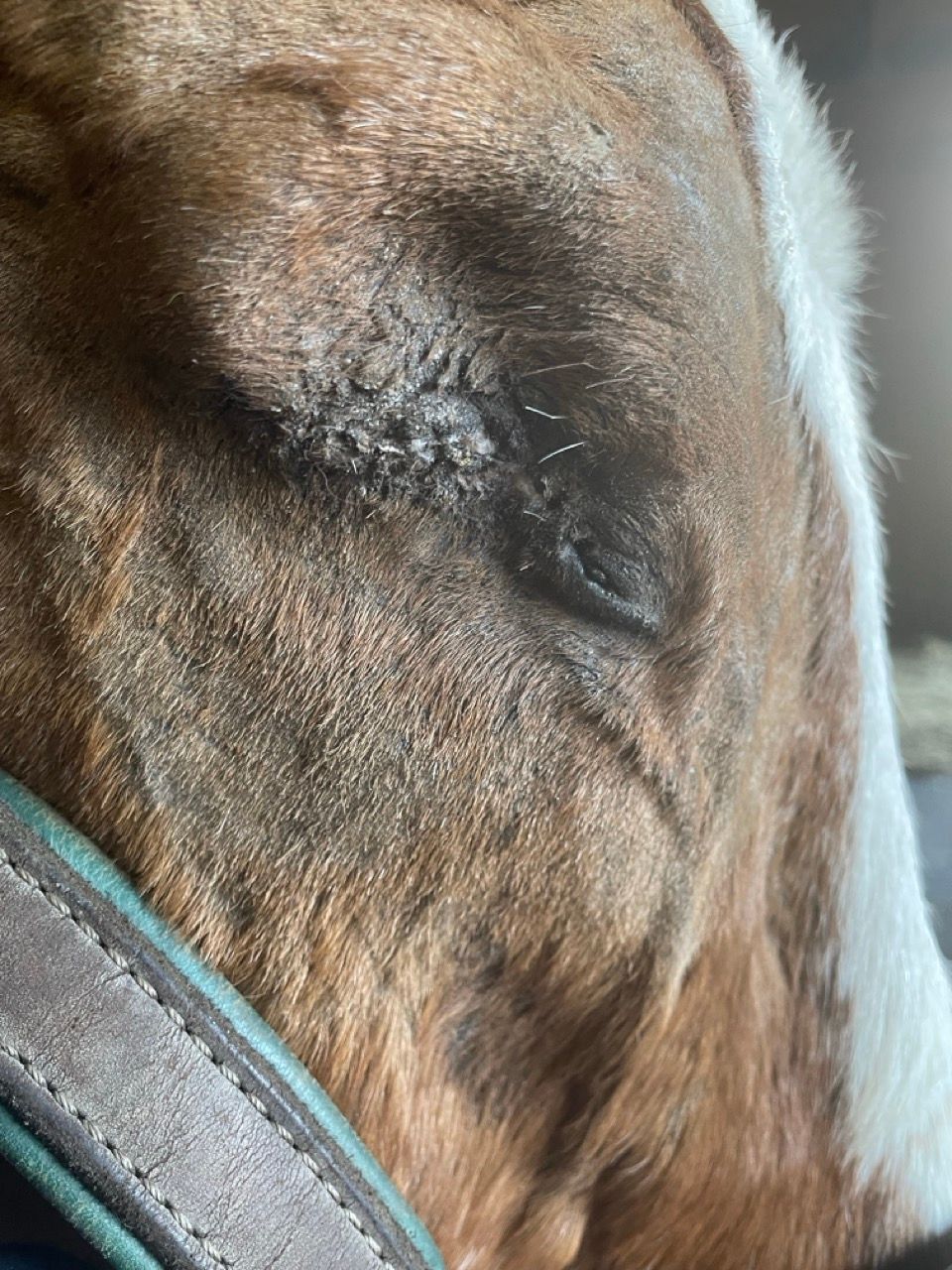
Recent Posts

